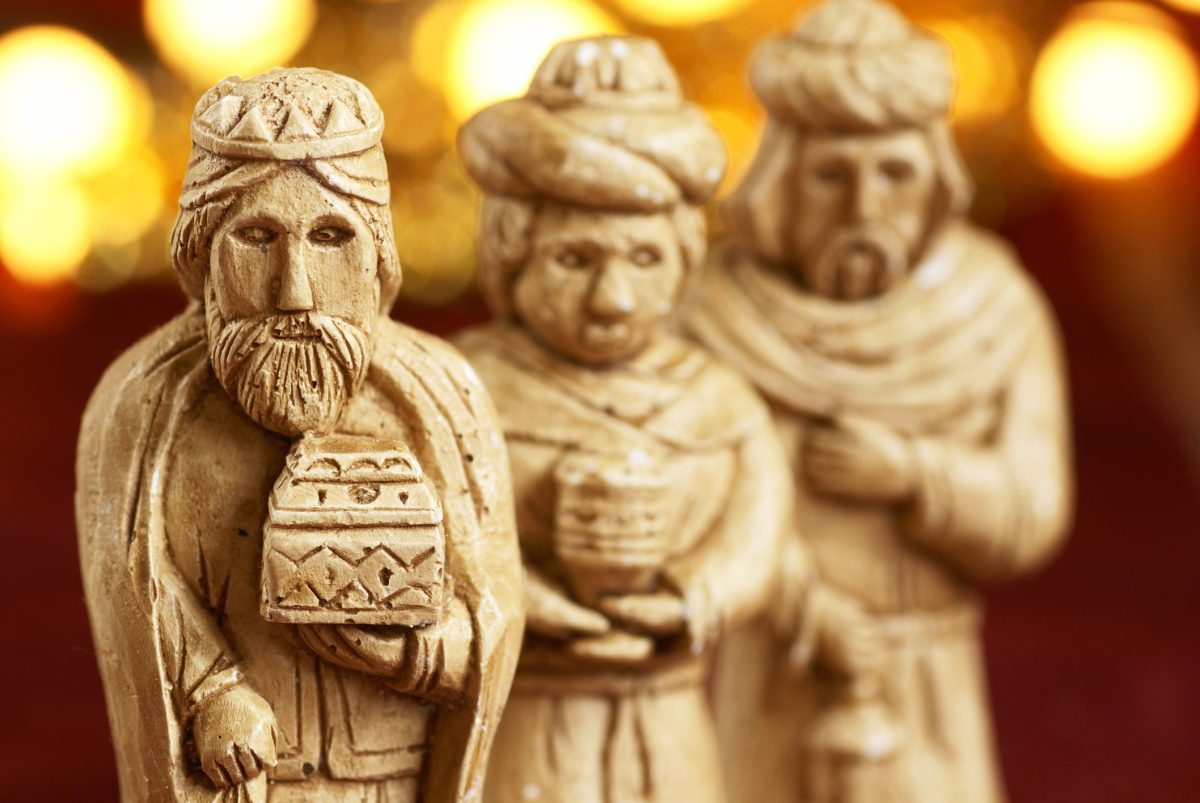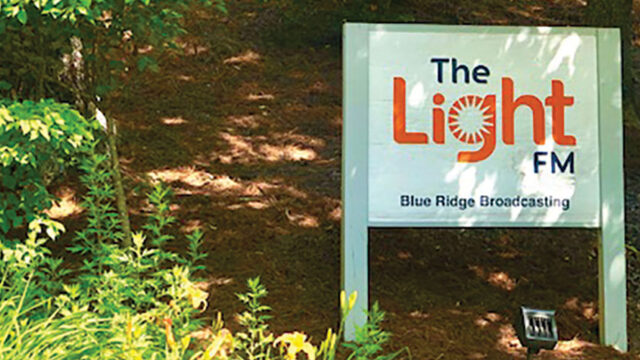Three sumptuous gifts remind us of Jesus’ gift of Himself to us.

Welcome to Adventist Review’s Retro Christmas
In this short series over the holidays, we’ll be bringing you Christmas articles from years past. Why explore vintage Adventist Review? Because the reason for the season never changes. So sit back and join us as we revisit Christmas from the pages of Adventist Review. Perhaps what you read and hear will be nothing new, or maybe, just maybe, these thoughts on the miracle of the Savior coming to us as a baby will ignite or reignite something beautiful in your heart. From our Adventist Review Ministries family to yours, blessings for a beautiful Christmas season.—Enno Müller, news editor
The tradition of exchanging gifts at Christmas doubtless stems from the Incarnation—God’s presenting His own Son as a gift of salvation to the world. It may also have been prompted by the Wise Men from the East who brought gold, frankincense, and myrrh to Bethlehem for the baby Jesus (Matthew 2:11).
The Wise Men presented the most expensive gifts and the most precious of all metals. Gold continues today to be valued as a monetary standard around the world. Perhaps these gifts of metal were in the form of gold receptacles useful to wealthy households of the day. If gold was an apt gift for royalty, what can be said about the frankincense and myrrh?
Frankincense, like myrrh, is a gum resin from bush-like trees common to the Bible lands. It was primarily used as an incense in religious rites and was designated by God for use in connection with the temple oblations to produce a “sweet-smelling savor.” Archeologists have discovered that it was also burned in ancient Middle Eastern homes as a fumigant. Sources indicate that frankincense was used as a cleaning agent for wounds, as a coagulant to stop bleeding, and as an antidote for hemlock poisoning.
Myrrh also was valued by the ancients for ointments and perfumes as well as incense. It was a sort of panacea for most of their ills. Its analgesic qualities made it useful in remedies for such things as sore throats, eye and ear ailments, or gastrointestinal disorders. Romans took it internally for fever and externally to reduce inflammation and induce healing. Oil of myrrh was applied as a type of cosmetic, as in Esther 2:12, where we are told that carefully selected maidens used it for six months for purification, and to be made desirable candidates for queen.
The Jews apparently picked up some pointers from the Egyptians in using myrrh as an ingredient in the preparation of a body for entombment, for it was used for mummification in Egypt. We are told that the body of Jesus was prepared with “a mixture of myrrh and aloes, about a hundred pounds’ weight” (John 19:39, RSV).
Prophetic Signs
It has been suggested that the gifts the Wise Men brought to Jesus were prophetic of His various roles. Since they were looking for Him “that is born King of the Jews,” it was natural to bring gold, a gift customary to royalty. The gift of frankincense, as an important ingredient used in the Hebrew sanctuary service, typifies Christ’s high priestly office after His ascension (Hebrews 9:11). Myrrh symbolized the supreme sacrifice of Calvary. Its use as an embalming agent fitly symbolizes Christ’s death for the sins of the world — the real purpose of His incarnation. Hence, the gold, frankincense, and myrrh symbolized Jesus’ kingship, priesthood, and sacrifice.
The holiday season again reminds us that what the Saviour wants is the gold of our lives in full submission to Him. He desires the frankincense of acceptance and faith in the power of His shed blood; He desires the myrrh of lives dead to the allurements of sin, so that He might refashion us to dwell with Him in the new earth.
This article originally appeared in the Adventist Review, December 25, 1986.








